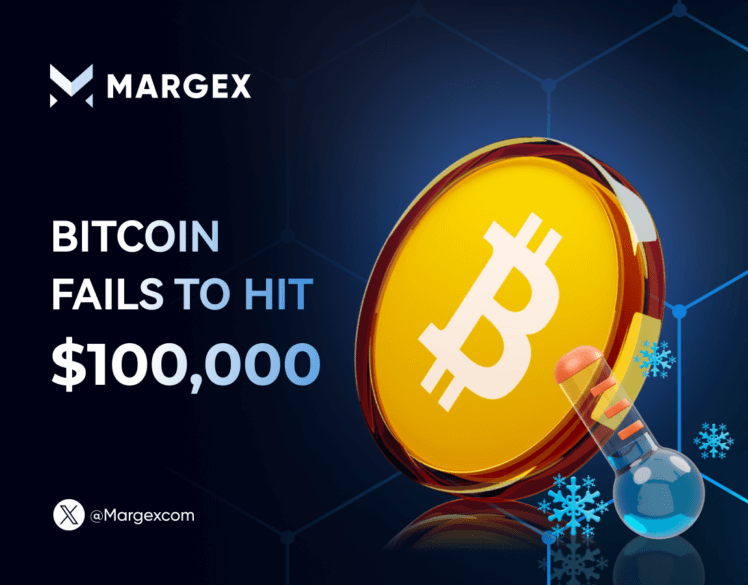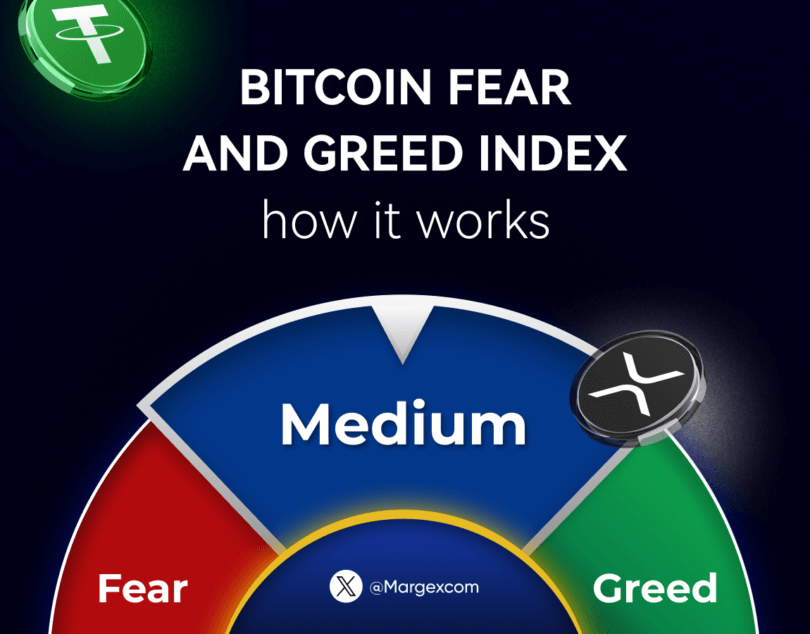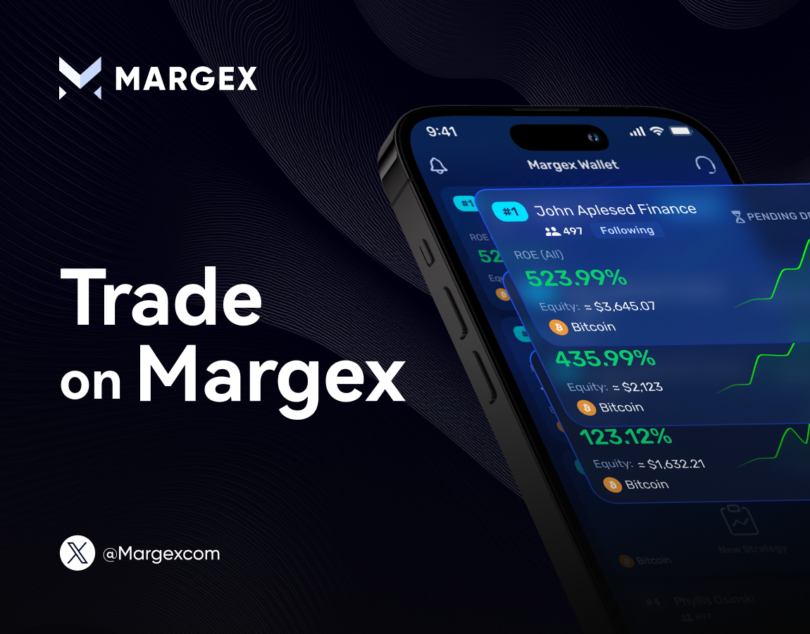
Last week, crucial index that traders constantly keep an eye on – Fear and Greed – showed “extreme greed”, coming close to 100%. However, that did not help the largest cryptocurrency by market cap, Bitcoin, to finally breach the $100,000 level.
It is high time to recall how this index work and why it is so important for those who are betting on Bitcoin, wishing to earn handsome profits on it.
Bitcoin Fear and Greed Index – How It Works
The Fear and Greed Index’s role in the cryptocurrency market is crucial since it offers insights into the overall sentiment of investors. Besides, it serves as a vitally important guide for all market participants. Last week, this index displayed a value of 94%, which signalled Extreme Greed, while Bitcoin spiked to a historic peak of $99,655. However, despite the overall bullish sentiment and optimism, BTC failed to overcome the $100,000 moonstone. Investors and traders were left with questions as to why the victorious surge never happened, despite the Extreme Greed reading.
The index in question is comprised of data coming from mixed sources, such as investor sentiment, as well as market volatility, Bitcoin trading volume, social media trends, the dominance of Bitcoin in the market, etc. The index aggregates all these metrics, providing a single score ranging from zero (meaning “Extreme Fear”) to 100 (signifying “Extreme Greed”), and offering a snapshot of which sentiment currently prevails in the crypto market. It does not predict price movements directly but it often used as an indicator showing overbought conditions in the periods of greed and potential buying opportunities during periods of fear.
The Bitcoin rally last week which peaked at $99,600 was the result of the bullish drivers’ impact, going back to the start of the year when spot Bitcoin ETFs were approved. At the start of November, the Bitcoin growth was ignited by Donald Trump winning the election and the Federal Reserve making another cut-down of interest rates, allowing cheap capital to inflow the market and go into risk-on assets, including Bitcoin. Besides, spot ETFs continues to accumulate Bitcoin, especially BlackRock. Michael Saylor’s MicroStrategy has also bought $10 billion worth of BTC this month, adding to its constantly growing Bitcoin stash.
Showing Extreme Greed at 94%, the index exposed strong optimism and upward momentum for Bitcoin. Traders then expect price to go higher, preparing a firm ground for increased speculative activity. Still, the same sentiment can be indicative of an overheated crypto market. Historically, extreme greed comes before strong price corrections since euphoric conditions can lead to unsustainable price behaviour.

Bitcoin Fails to Overcome $100,000
Analysts believe that Bitcoin has so far been pushed back from the $100,000 mark despite the strong bullish sentiment due to the presence of a cluster of sell orders there which create bearish pressure. Thus, Bitcoin encountered a massive sell wall at this psychological resistance level.
A great number of traders have been taking profits here after accumulating Bitcoin at lower levels and then after waiting for the price to skyrocket. They are unloading their BTC, adding it to the supply that is already circulating the market, causing a phenomenon called supply saturation. It frequently happens during price peaks and it can present a massive head-wind for bulls. The Fear and Greed Index just shows market’s sentiment and emotional state but it cannot take into account technical factors like those described above. Therefore, this index has its limitations as a tool for predicting Bitcoin price movements.
The Fear and Greed Index can be useful for investors and traders as it provides a simplified view of complex market sentiments and conditions mixed together. It combines multiple data into a single source and offers a clear indicator of the mood that prevails at the moment, showing traders if the market is currently optimistic or pessimistic. For instance, Extreme Greed readings warn of potential corrections, since ultra-bullish sentiment frequently precedes large sell-offs. When the index shows Extreme Fear, the market is likely to be largely undervalued, giving a great chance to buy crypto cheaper than before. This index is very much relevant due to the high volatility of the crypto market, where rapid shifts of sentiment can cause substantial and abrupt price swings.
Basically, the Extreme Greed reading warned the market about the potential approaching price reverse, while broader market conditions confirmed that it was coming.
Similar situation was to be seen in 2021 after Bitcoin reached an all-time high of $69,000 after BTC futures ETFs were launched. Back then, the index also displayed Extreme Greed but in early 2022, due to the start of the Russia-Ukraine war, and the ripples it sent across financial, energy, and food markets pushed BTC down to $30,000.
In the meantime, despite having its limits, the Fear and Greed Index remains a useful reference tool for crypto traders and investors who are eager to catch a market wave and ride it.



